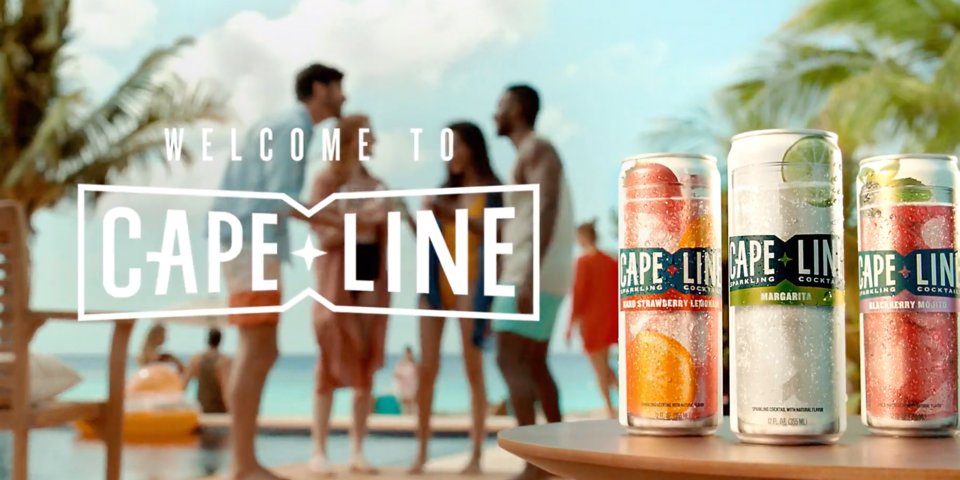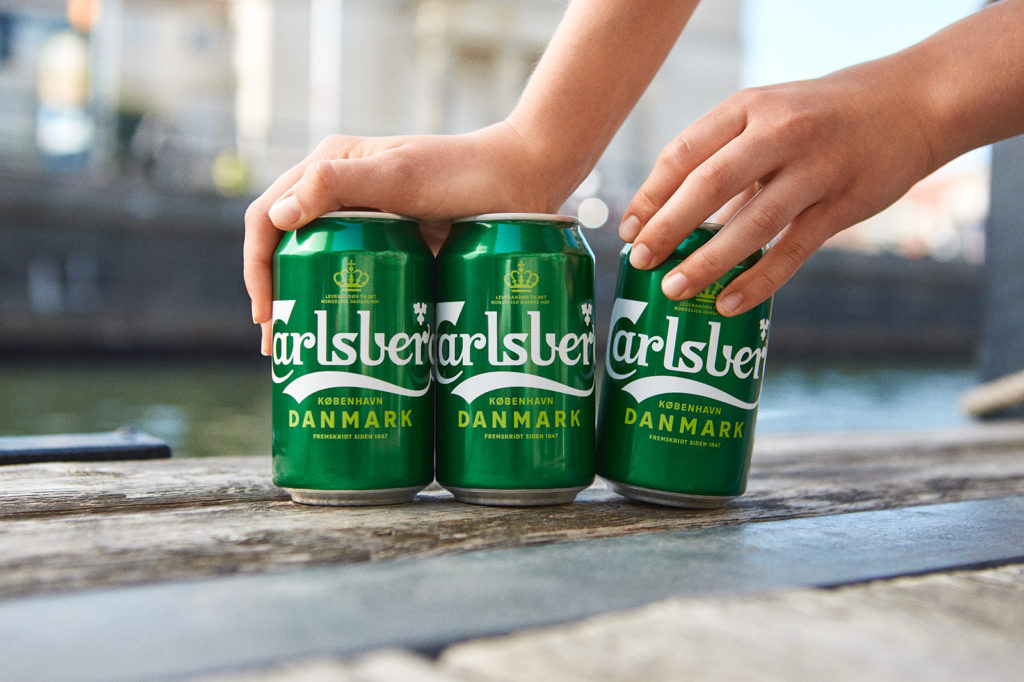One thing we can say for sure, beer manufacturing companies know the value of market research, and finding out exactly what their customers want out of their favorite products. The key is keeping up with what their current audience and the younger generations want to experience in an alcoholic beverage. They bring their target demographics into focus groups, listening sessions, feasibility testing, mystery shopping, have them partake in surveys, and market research studies in order to know exactly what their consumers want to consume and how they want purchase.
At RMS, we’ve had great success with focus groups that revolve around beer tasting and packaging testing research studies. They’re enjoyable to the testers, who share their thoughts and opinions on flavor preference, overall quality, and convenience of packaging. (Join our panel and get alerts when focus groups like these take place! Sign up here).
And while beer is still a popular drink of choice among many, research tells us those who are making these purchases most often are changing up how they want to drink.
Restructuring Their Marketing Strategies
In 2018, global beer sales by volume dropped by 2.2% as sales of mixed drinks, gin, and whiskey grew, according to IWSR Drinks Market Analysis data released in May. In the US, beer sales by volume dropped by 1.6%. So, in order to combat these declining percentages, beer companies are fighting back with market research.
One brand in particular, MillerCoors, has embarked on the search for new ways to win over drinkers.
Chief Marketing Officer, Michelle St. Jacques, told Business Insider (article here), in a recent interview that MillerCoors is trying to find fresh ways to highlight the benefits of Miller Lite and Coors Light.
For example, advertisements for Miller Lite don’t just talk about it having fewer calories than other beers—they highlight that it has fewer calories and carbs than a glass of white wine, an aspect proven to be important to consumers. The brand also launched a campaign in June to win over gamers and e-sports fansduring the E3 Gaming Expo, debuting a “can-troller”—a beer can that doubles as a gaming console (article here).
But Jacques also says that MillerCoors can no longer rely on its light beer heavyweights to keep the company afloat.
Instead, the company is launching new brands in the hard sparkling water and cocktail spaces. Sparkling cocktail brand, Cape Line, is one of the fastest-growing beverage brands in the US; and in June, the Cape Line brand made its debut on the Top 10 Growth Brands list.

MillerCoors have also aimed their advertising at different customers than light beer drinkers, while looking at where the target audience of this beverage would get the most impact out of the advertising. “We’re doing it pretty differently,” says Jacques “very heavily focused on things like Instagram and places we know, honestly, the younger woman consumer target engages and learns about new brands.”
Environmental Consciousness
The beer industry has also acknowledged how important waste management is, and how the younger generations—now taking hold of the adult beverage market—care deeply about their impact on the environment. A collaboration between the maker of Corona (Grupo Modelo) and Chicago-based advertising company Leo Burnett, took that market factor into consideration when coming up with the concept of interlocking beer cans called Fit Packs—embracing the desire to be more environmentally-friendly with the complete removal of plastic packaging.
According to the manufacturer, the design will even be “opensource,” so that any business interested in the innovation can use it.
The concept is actually one of several that Grupo Modelo is experimenting with. Launching about seven months ago, they’ve broadened their horizons to a plastic-free ring made of biodegradable, pant-based material—that decomposes so it’s not harmful to wildlife.
And, this isn’t the first idea from beer makers to get around the single-use plastic problem. Last year, Carlsberg introduced what they called a “Snap Pack” in the UK and Norway. Cans in four, six, or eight-packs are held together by tiny blobs of a strong glue, which is designed to withstand the rigors of transportation and even varying temperatures. The cans audibly snap when they’re pulled apart and the glue is recycled along with the aluminum can.

Cheers to the Changes
The target audience of who purchases and enjoys a frosty adult beverage may be changing with the evolving generations, but that doesn’t stop beer manufacturers—local and major brands alike— from adapting to their consumers and finding out exactly what they’re looking for.
Through market research, they’ve taken note on the need to change up how their beers are advertised, and even more so, that hard seltzers and ciders have grown in popularity (White Claw, anyone?), leading to new brands being introduced into the market. With that, they’ve also seen the research on how important being environmentally conscious is, for their brand, the Earth, and to their customers. And as the market changes, so will the strategies of beer companies in our near and distant future, ensuring the best experience possible for those who like their products the most.
RMS is a full-service market research firm located in Syracuse, NY. If you are interested in learning more about our research capabilities, please contact Sandy Baker, our Vice President of Corporate Development at SandyB@RMSresults.com or by calling 1-866-567-5422.

